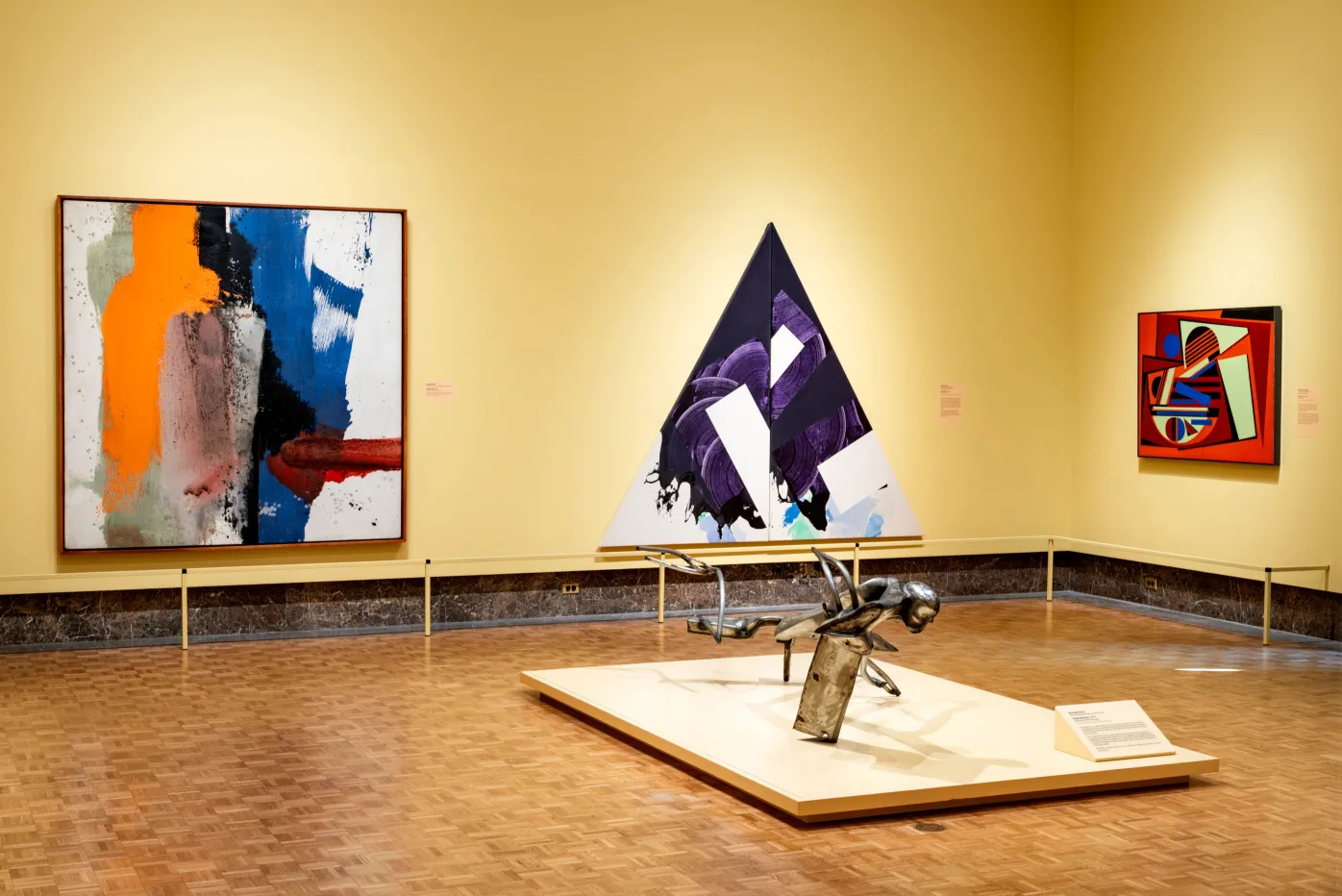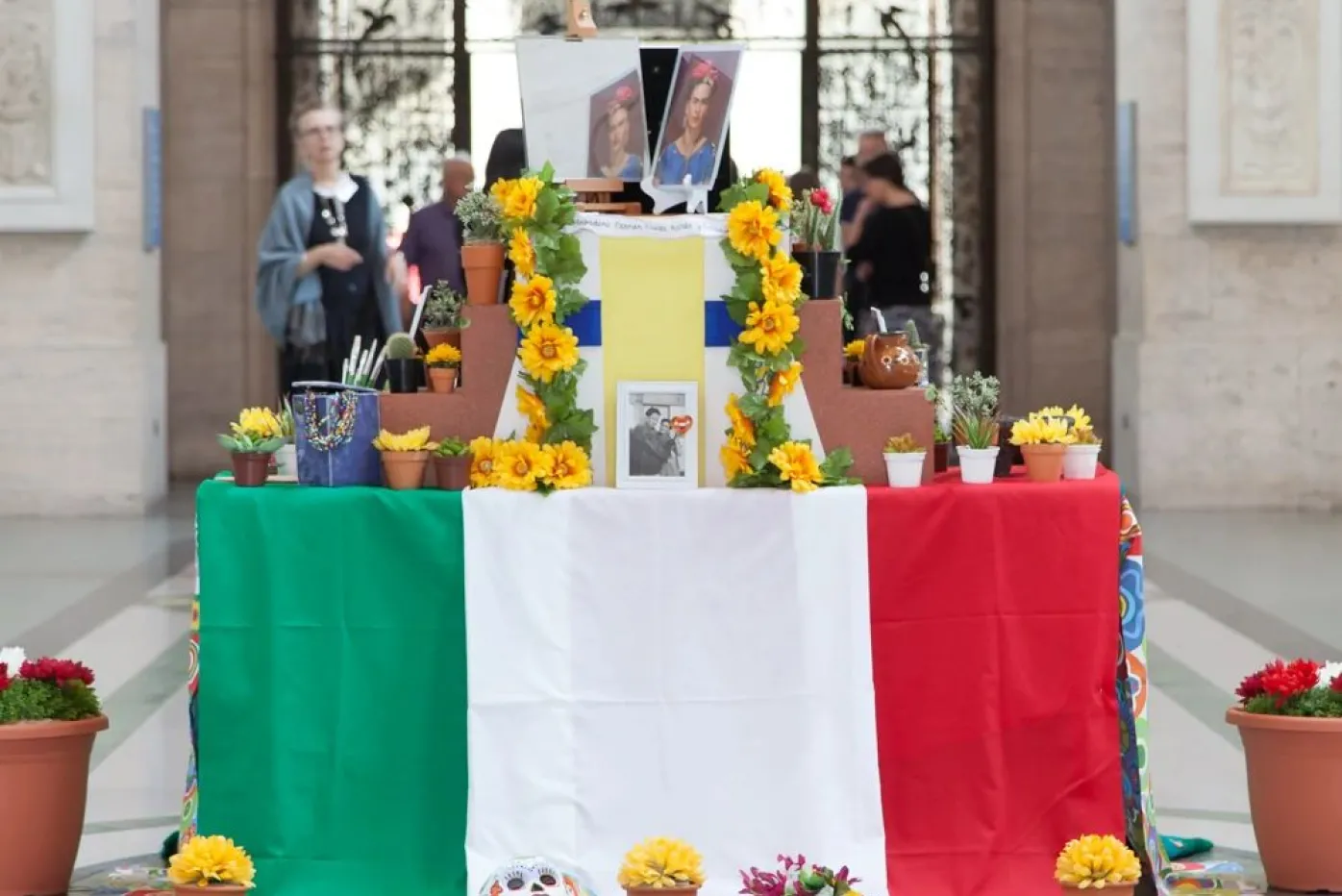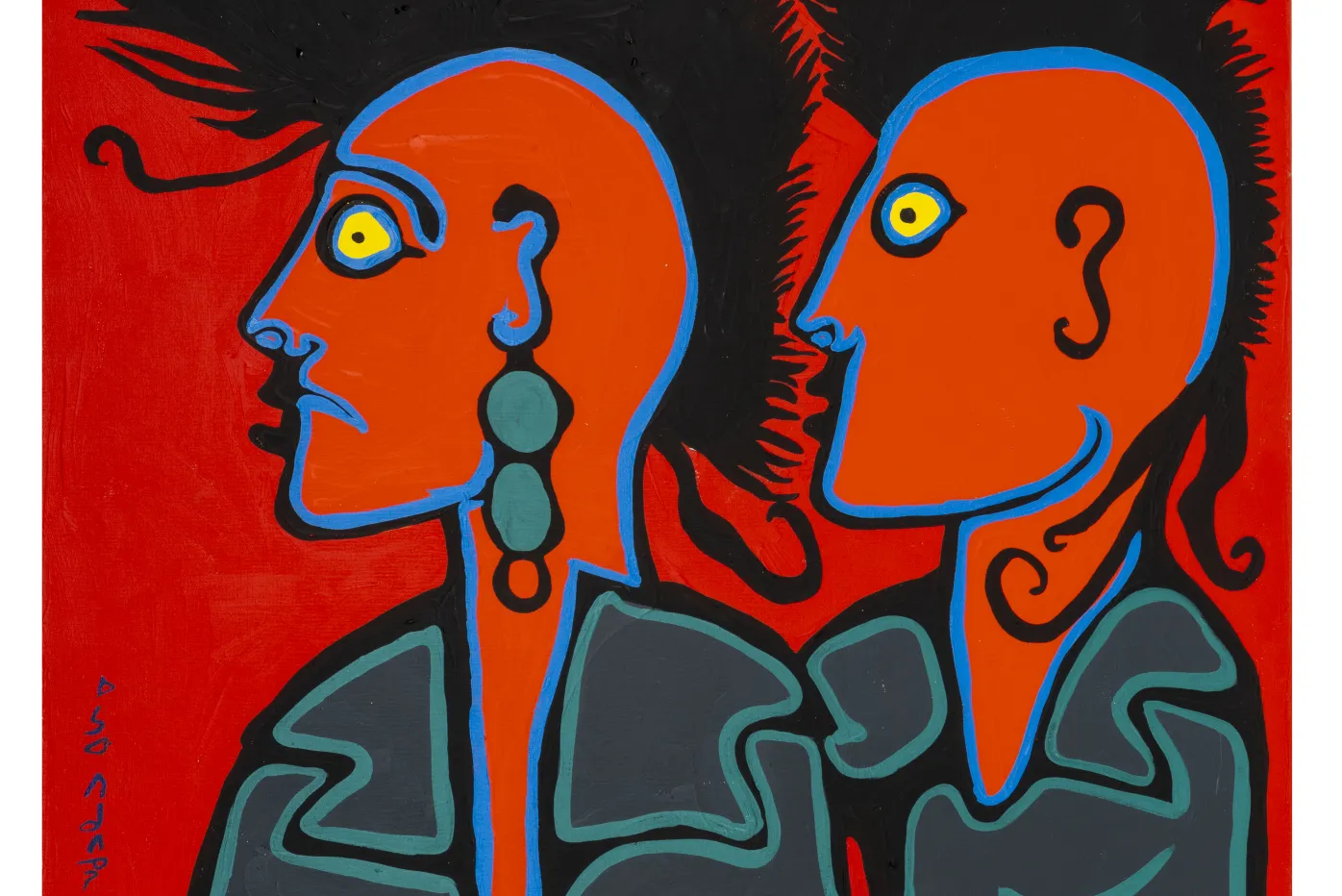From the Director, December 2017
Updated Jul 20, 2022
The healing power of the arts
Ever since I started enjoying the arts, I noticed their benefits to my well-being and their contribution to coping with my daily life. During my university years, I remember, for instance, reading one or two pages of Francisco de Quevedo's(opens in new window) hilarious novel, El Buscón (The Swindler), when I was in a bad mood and needed to cheer up, listening to the Goldberg Variations by Johannes Sebastian Bach when I wished to calm down, or looking at Claude Monet's impressionist paintings submerging into his ocean of colors to just let my mind fly away. These are, of course, a few personal choices that are attached to my years growing up in Spain. I have many other current examples I would love to write about and each one of us has our own favorite art moments. However, my point today is that we know, not only from personal experiences but also from scientific research that having access to the arts has a positive effect on the quality of life of the individual.
We take this idea very seriously at the DIA and prepare the museum the best possible way for an inviting and pleasant visitor experience. The first thing that we do is to create a welcoming environment for all our visitors, so they can feel physically, mentally, and emotionally comfortable on our premises. This is not an easy task! Not everyone has grown up visiting museums, and our building and galleries could be perceived as intimidating in many ways. Therefore, we provide places to sit and clear signage to ease navigation inside the building, we install our works of art at a low level so anyone can look at them closely and discover their qualities, we write labels that are easy to read and, most importantly, we create a safe environment for learning with an open mind, beyond any preconceptions.
Apart from our "accessibility efforts," we have a number of programs that provide significant services to the well-being of our community. These programs are based on the healing power of the arts and are, in my opinion, extremely inspiring. One of them is Minds on Art, which the DIA organizes in partnership with the Alzheimer's Association-Greater Michigan Chapter. I have witnessed some of the activities offered for individuals living with memory loss and for their caregivers and can attest to how making art in our studio and looking at works of art in the galleries with the guidance of our teachers, provides cognitive stimulation, encourages socialization, and help reduce stress and anxiety. We also work with social service agencies in Metro Detroit through our community group program and share art experiences with veterans, immigrants, adults with HIV, adults in recovery, survivors of sexual assault, and students in alternative schools.
An annual highlight of the program is the community group art show, currently displayed in the DIA's Walter Gibbs Learning Center, which included a reception and artist talk that let participants share their thoughts about their artistic creations with others. At the recent opening, I chatted informally with one of the creators in front of his artwork. He explained so vividly the healing process of "getting the load off" and using his hands to make something positive through creating art. His piece was a pretty good one, but more importantly his eyes sparkled with joy as he was telling me his story. That evening back at home, I listened to the Goldberg Variations, remembered the ocean of colors of Monet's works, and thought about the ineffable curative power of the arts and that we share one of the best museums in the world.
I hope during the upcoming holidays you will visit the DIA and see our current Claude Monet and Frederic Church shows, but especially our community group art show. You will be inspired. In the meantime, happy holidays and best wishes for a peaceful 2018.

DIA Director, Salvador Salort-Pons in Rivera Court
The healing power of the arts
Ever since I started enjoying the arts, I noticed their benefits to my well-being and their contribution to coping with my daily life. During my university years, I remember, for instance, reading one or two pages of Francisco de Quevedo's(opens in new window) hilarious novel, El Buscón (The Swindler), when I was in a bad mood and needed to cheer up, listening to the Goldberg Variations by Johannes Sebastian Bach when I wished to calm down, or looking at Claude Monet's impressionist paintings submerging into his ocean of colors to just let my mind fly away. These are, of course, a few personal choices that are attached to my years growing up in Spain. I have many other current examples I would love to write about and each one of us has our own favorite art moments. However, my point today is that we know, not only from personal experiences but also from scientific research that having access to the arts has a positive effect on the quality of life of the individual.
We take this idea very seriously at the DIA and prepare the museum the best possible way for an inviting and pleasant visitor experience. The first thing that we do is to create a welcoming environment for all our visitors, so they can feel physically, mentally, and emotionally comfortable on our premises. This is not an easy task! Not everyone has grown up visiting museums, and our building and galleries could be perceived as intimidating in many ways. Therefore, we provide places to sit and clear signage to ease navigation inside the building, we install our works of art at a low level so anyone can look at them closely and discover their qualities, we write labels that are easy to read and, most importantly, we create a safe environment for learning with an open mind, beyond any preconceptions.
Apart from our "accessibility efforts," we have a number of programs that provide significant services to the well-being of our community. These programs are based on the healing power of the arts and are, in my opinion, extremely inspiring. One of them is Minds on Art, which the DIA organizes in partnership with the Alzheimer's Association-Greater Michigan Chapter. I have witnessed some of the activities offered for individuals living with memory loss and for their caregivers and can attest to how making art in our studio and looking at works of art in the galleries with the guidance of our teachers, provides cognitive stimulation, encourages socialization, and help reduce stress and anxiety. We also work with social service agencies in Metro Detroit through our community group program and share art experiences with veterans, immigrants, adults with HIV, adults in recovery, survivors of sexual assault, and students in alternative schools.
An annual highlight of the program is the community group art show, currently displayed in the DIA's Walter Gibbs Learning Center, which included a reception and artist talk that let participants share their thoughts about their artistic creations with others. At the recent opening, I chatted informally with one of the creators in front of his artwork. He explained so vividly the healing process of "getting the load off" and using his hands to make something positive through creating art. His piece was a pretty good one, but more importantly his eyes sparkled with joy as he was telling me his story. That evening back at home, I listened to the Goldberg Variations, remembered the ocean of colors of Monet's works, and thought about the ineffable curative power of the arts and that we share one of the best museums in the world.
I hope during the upcoming holidays you will visit the DIA and see our current Claude Monet and Frederic Church shows, but especially our community group art show. You will be inspired. In the meantime, happy holidays and best wishes for a peaceful 2018.


